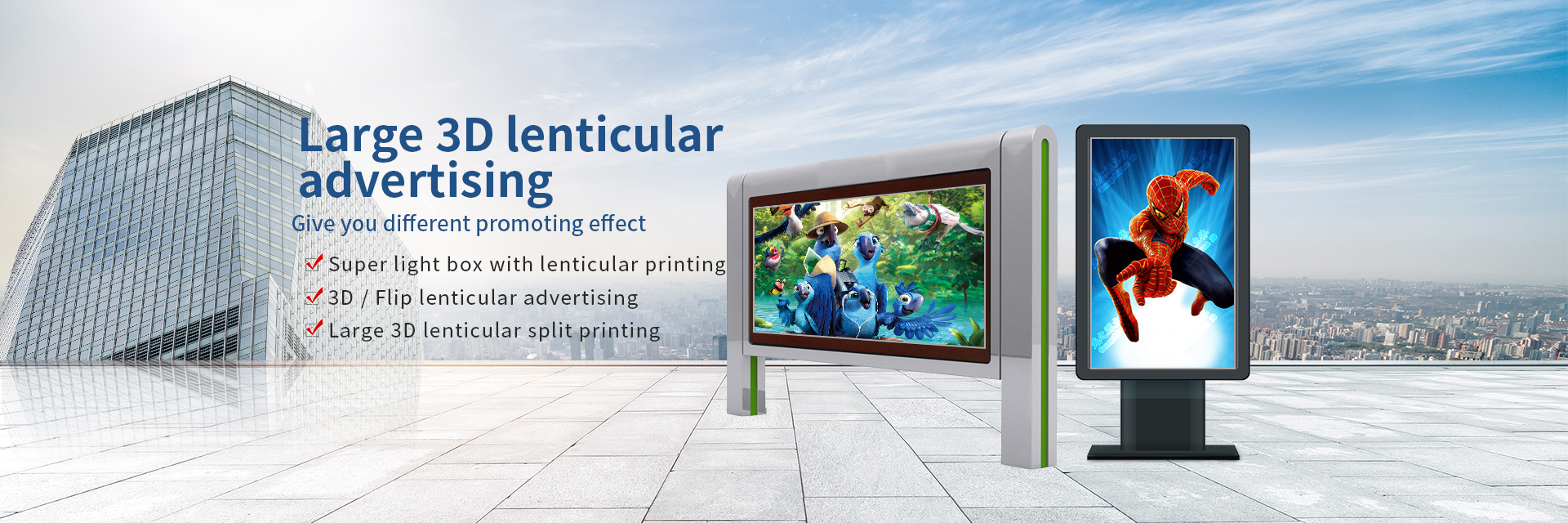

Release time:2024-08-09
Creating visually captivating 3D lenticular decorative pieces requires a careful selection of materials that enhance the depth, durability, and overall quality of the final product. Guangzhiyuan, a leading manufacturer of lenticular products, utilizes a variety of high-quality materials to produce stunning 3D lenticular decorative pieces. This article explores the materials commonly used in these creations, providing insight into how each material contributes to the overall effect and longevity of the product.
The effectiveness of a 3D lenticular decorative piece depends heavily on the choice of materials, as these determine the clarity of the image, the vibrancy of colors, and the durability of the piece. Guangzhiyuan selects only the best materials to ensure their products meet the highest standards.
The lenticular lens is the most critical component in a 3D lenticular piece, as it is responsible for creating the illusion of depth and motion. Guangzhiyuan uses high-quality plastic materials, such as PET (Polyethylene Terephthalate) or PMMA (Polymethyl Methacrylate), for the lenticular lens. These materials are known for their optical clarity and ability to produce sharp, vivid images with precise depth effects.

PET and PMMA are preferred because they offer excellent light transmission and durability. PET is lightweight and flexible, making it ideal for applications where the lenticular piece needs to be both robust and easy to handle. PMMA, often referred to as acrylic, provides superior clarity and scratch resistance, which is essential for maintaining the integrity of the 3D effect over time.
The printing substrate is the material onto which the interlaced images are printed before being laminated with the lenticular lens. Guangzhiyuan uses substrates such as PVC (Polyvinyl Chloride) and high-quality paper to ensure that the printed images are vibrant, durable, and resistant to fading.
PVC is widely used as a printing substrate due to its durability and resistance to moisture and UV light. This makes it an excellent choice for 3D lenticular pieces that are intended for long-term use or outdoor display. The rigidity of PVC also helps maintain the structural integrity of the lenticular piece, ensuring that the 3D effect remains consistent and visually appealing.
The quality of the ink used in 3D lenticular printing is crucial for achieving vibrant colors and sharp details. Guangzhiyuan employs high-resolution printing techniques with UV-resistant inks to produce images that are not only visually stunning but also long-lasting.
Guangzhiyuan uses eco-friendly UV-curable inks, which provide excellent adhesion to substrates like PVC and paper. These inks are resistant to fading and ensure that the colors in the 3D lenticular piece remain vibrant even after prolonged exposure to light. The use of high-quality inks is essential for maintaining the visual impact of the piece over time.
The combination of high-quality lenses, substrates, and inks results in a 3D lenticular decorative piece that is not only visually striking but also durable and long-lasting. Guangzhiyuan’s careful selection of materials ensures that their lenticular products meet the highest standards of quality, providing customers with decorative pieces that stand the test of time.
Material selection is crucial in the manufacturing process because it directly impacts the quality, durability, and overall effectiveness of the 3D lenticular piece. Guangzhiyuan’s expertise in choosing the right materials ensures that each product delivers the desired visual effects while being able to withstand environmental factors and handling.
In conclusion, the materials used in 3D lenticular decorative pieces play a vital role in determining the quality and durability of the final product. Guangzhiyuan’s commitment to using the best materials, such as PET, PMMA, PVC, and high-quality inks, ensures that their 3D lenticular pieces are not only visually captivating but also built to last. By carefully selecting and combining these materials, Guangzhiyuan creates decorative pieces that offer exceptional depth, clarity, and longevity, making them a standout choice for any interior design project.

Guangzhiyuan 3D Technology Co., Limited
Address: No.285, Jinou Road, Jianghai District, Jiangmen City, Guangdong Province
Contact information:13528341661, Contact person: +86-13318647023, Technical person: +86-13528341661
Wechat : enjoy everyday, Whatsapp: +86-13528341661, Skype: ada16825
technical support:sharebd icp:粤ICP备2022109877号

Hotline
Scan
